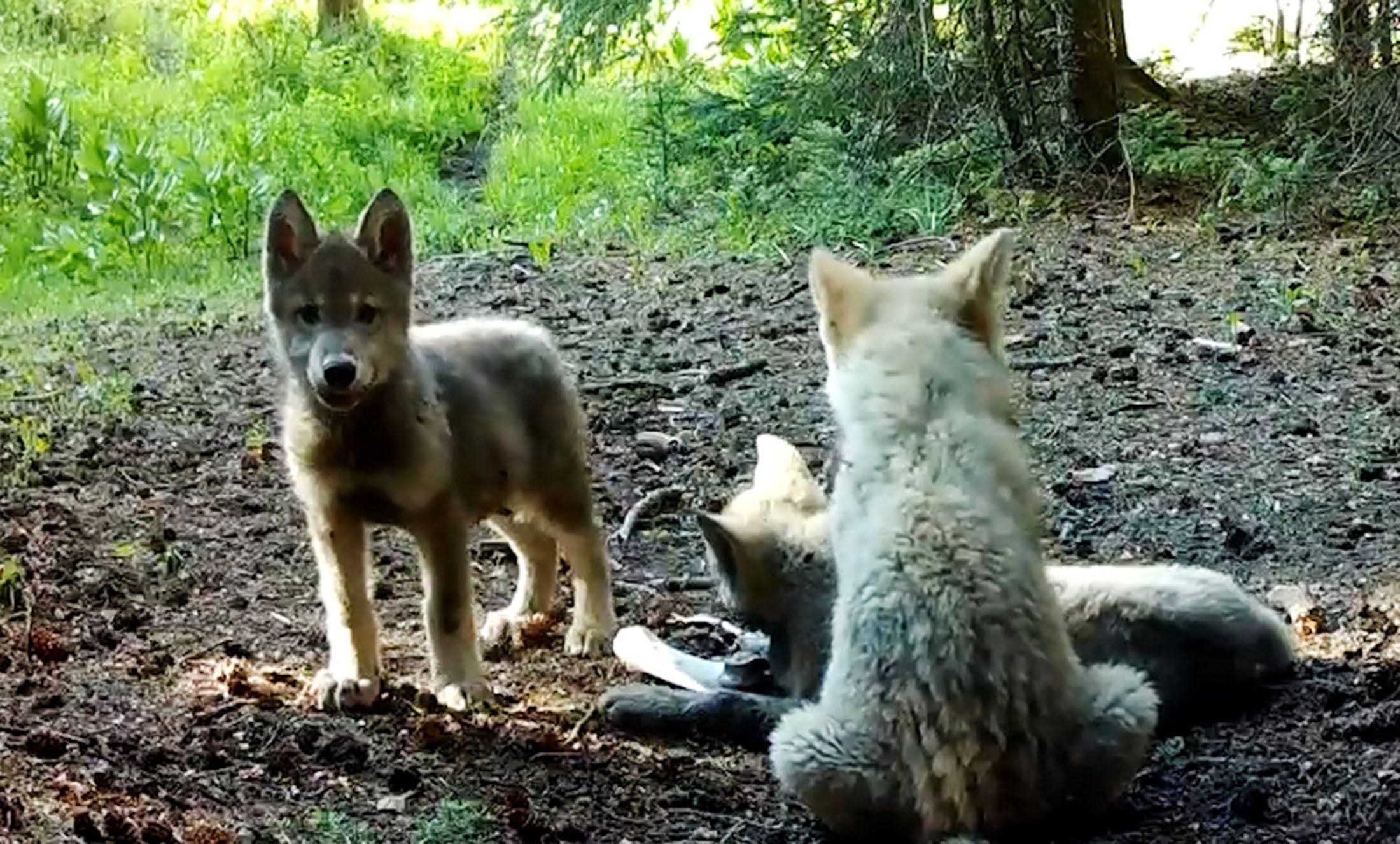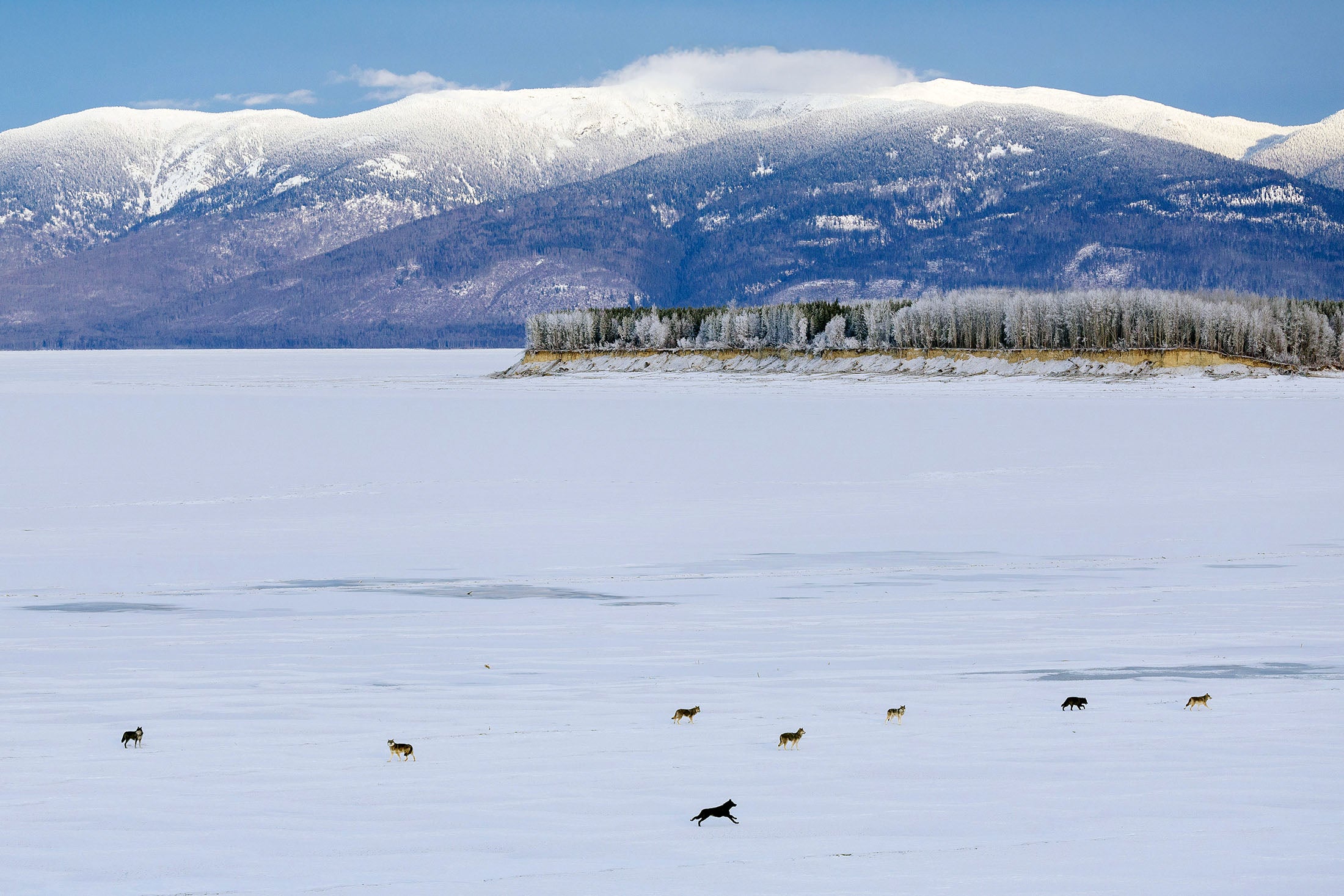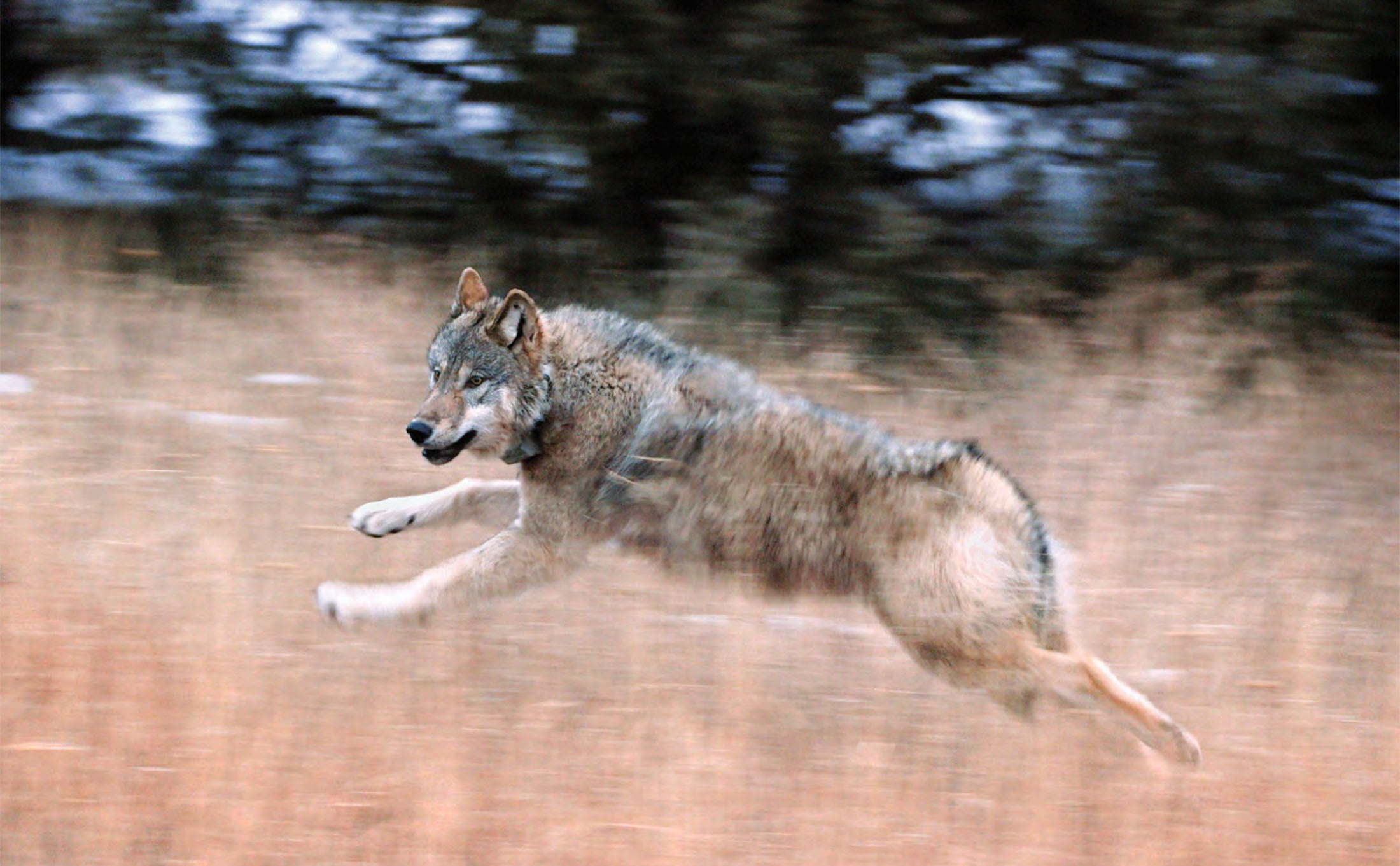Birth of New Pups Illustrates the Success of Colorado Wolf Reintroduction
The births underscore the importance of reintroduction efforts and strong protections for endangered species.

First of their line: Colorado’s nascent gray wolf population got a little bit bigger this year. At least six pups were born, confirming the formation of three new wolf packs.
This playful litter of newborns were caught on camera grooming, tumbling, and wrestling with each other.
They are part of a new generation of pups born from wolves transported to Colorado under a state-led wolf reintroduction program. Gray wolves are protected under the Endangered Species Act (ESA), and in 2020 Coloradans voted to reintroduce wolves to their historic range in the state. Earthjustice successfully defended this reintroduction in court against efforts to stop it.
The power of the ESA: The wolves’ journey was enabled by Endangered Species Act (ESA) protections, which have been critical in restoring wolves to their historic range in the Northern Rockies. The ESA also sets out a process for state and federal governments to work together to bolster faltering species.
The ESA is one of the most effective environmental laws ever enacted, saving 99% of the species it has protected from disappearing forever. That includes gray wolves.
Gray wolves are native to Colorado and once populated the state. Yet a century of national wolf-hunting campaigns nearly erased gray wolves across the lower 48 states. By the 1940s, gray wolves had been eradicated in Colorado.

Gray wolves run across snow-covered terrain during capture operations in British Columbia, Canada, in January 2025. (Courtesy of Colorado Parks and Wildlife)
What could’ve been a tragic ending for gray wolves instead became a historic comeback story, thanks to federal conservation protections. After being listed under the Endangered Species Act in most states by 1978, wolves slowly began to rebound in Wyoming, Montana, Idaho, and other places across the Rockies and western Great Lakes. They were successfully reintroduced to Yellowstone National Park in the 1990s. That population has since stabilized, drawing visitors from around the world while contributing to the park’s ecology and economy.
In Colorado, however, wolves still hadn’t regained a foothold. In 2020, Coloradans voted to restore wolves to the ecosystem, initiating a reintroduction process in which wolves have, thus far, been transported from Oregon and Canada. Colorado is planning a third round of releases for the winter of 2025–26. State wildlife officials conducted a lengthy planning process and consulted with scientists, ranchers, wildlife advocates, and other stakeholders before beginning wolf transfers in 2023.
Recent wins: Since the wolves’ arrival, public support for reestablishing gray wolves has increased: a January poll from Colorado Nature Action found that a growing majority of Coloradans support the reintroduction of gray wolves, and express strong confidence in Colorado Parks and Wildlife to manage the process effectively.
Repeated efforts by anti-wolf groups and the livestock industry to halt Colorado’s wolf reintroductions have failed. Recently, an industry-funded ballot measure to stop the reintroductions failed to gather enough signatures. The initiative faced opposition from ranchers, hunters, conservationists, and community leaders alike. Contrary to industry narratives, the state has worked closely with ranchers and community leaders to minimize wolf-livestock conflict, developing robust resources.

A wolf sprints across a field on Colorado’s Western Slope during reintroduction release by state wildlife agents in December, 2023. (Courtesy of Colorado Parks and Wildlife)
Defending wolves in the courts: Earthjustice’s legal team has been battling for more than 25 years to give wolves a fighting chance.
A successful lawsuit in 2022 led to a federal district court restoring federal ESA protections from gray wolves across much of the U.S., including Colorado. Earthjustice and dozens of organizations across the country strongly oppose recent Republican-led bills in Congress to remove those protections again.
Our attorneys have been instrumental in challenging state management policies that push for extreme wolf population reductions in Montana, Idaho, and Wyoming. We sued the state of Idaho for issuing wolf-trapping and snaring polices that also threatened endangered grizzlies, resulting in a federal judge banning wolf trapping during seasons when grizzlies are not denning.

A close-up of a sedated wolf’s paw during a health check during capture operations in British Columbia, Canada, in January 2025. A team of wildlife professionals monitor vital signs, administer fluids and ensure the animal’s well-being before transport to Colorado. (Courtesy of Colorado Parks and Wildlife)
Fighting for a strong ESA: While working to advance protections for wolves, we continue to advocate for a strong Endangered Species Act — our best legal tool for preserving our nation’s wildlife. Today, over one-third of the plant and animal species in the U.S. are at risk of disappearing. Despite this, the Trump administration is seeking to weaken the ESA’s ability to protect endangered species.
We won’t let the administration sacrifice the wildlife we love and the ecosystems that sustain them. If they try, we’ll do what we do best: take them to court to ensure species like the gray wolf are fully restored and our wild places are safe.
The Biodiversity Defense Program fights to reshape our relationship to lands, water, and wildlife everywhere by confronting the major drivers of the decline in nature, including habitat destruction and over-exploitation of wildlife.
Earthjustice’s Rocky Mountain office protects the region’s iconic public lands, wildlife species, and precious water resources; defends Tribes and disparately impacted communities fighting to live in a healthy environment; and works to accelerate the region’s transition to 100% clean energy.